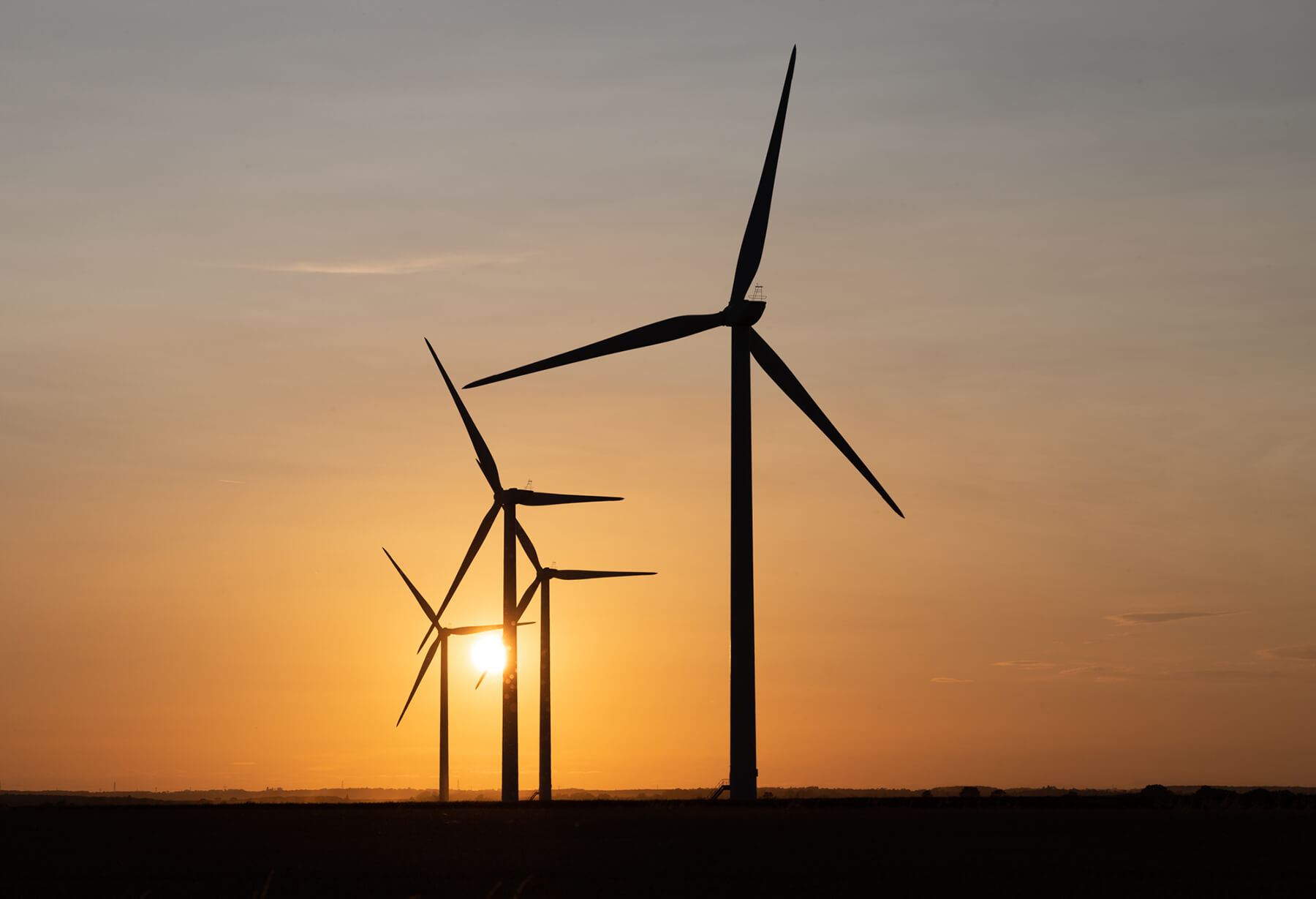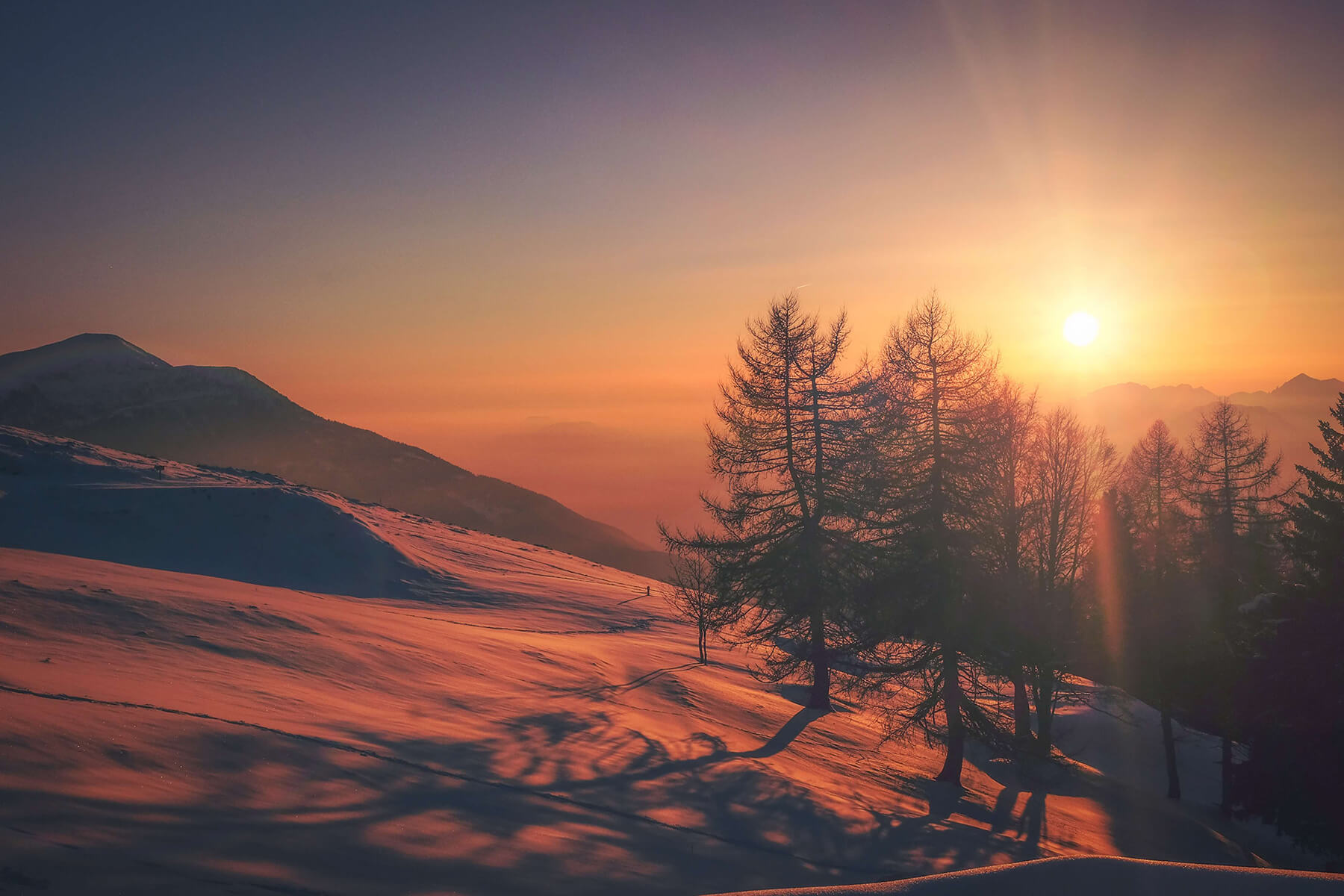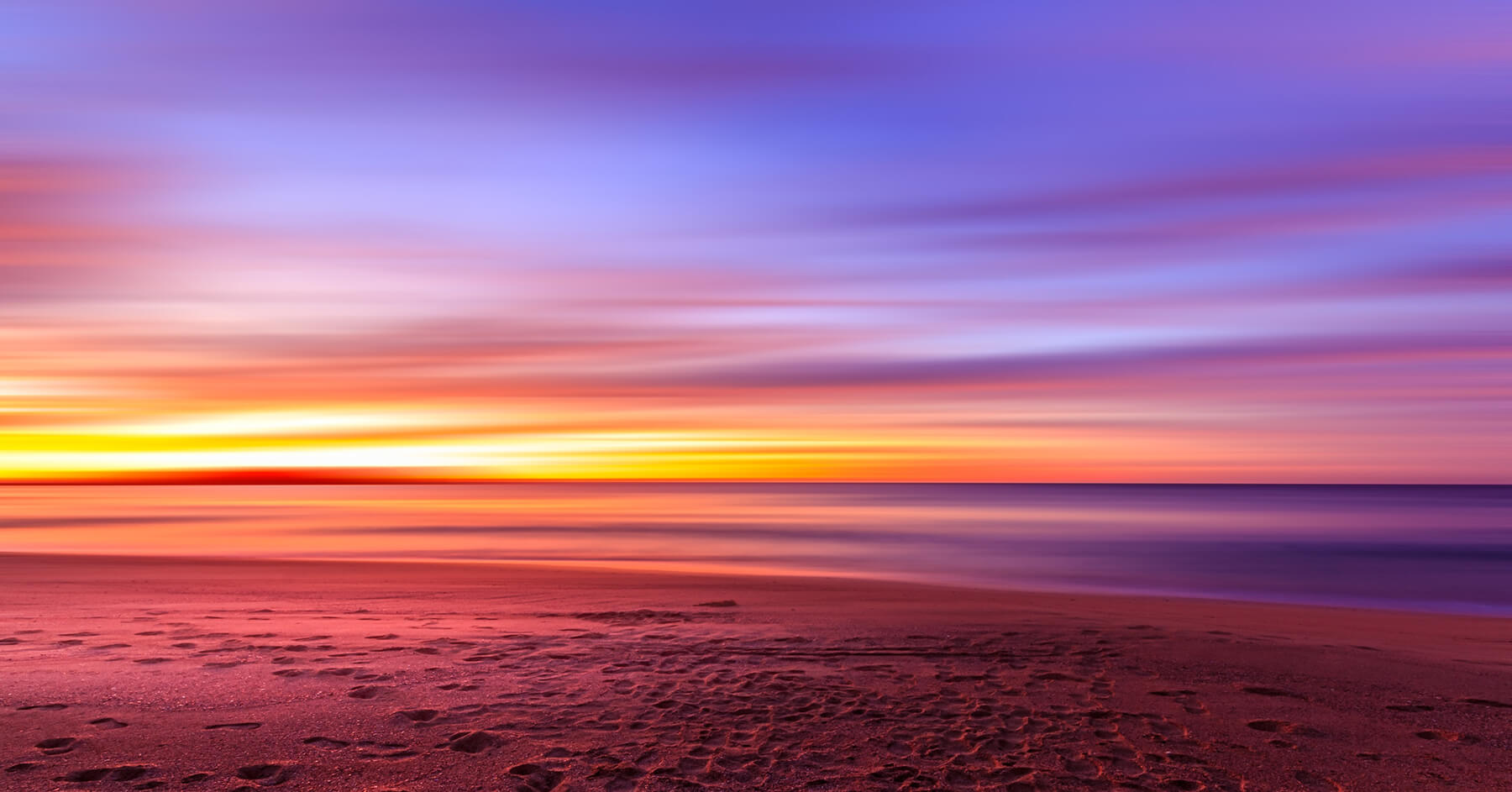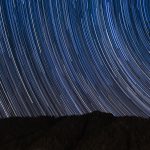
Top tips for better sunset photos
Capturing the sun at dusk can make for some of the most difficult conditions to shoot in, but some of the most rewarding when done well. Here are our top tips for photographing a dazzling sunset.
Read time: 7 minutes
We’ve had a glorious, long summer, at least here in the east of England, but now it’s most certainly at an end. Worry not, though, because that means one thing only: autumn! Nights are getting darker, beautiful colours are appearing on the trees and, best of all, the nicest sunsets of the year are coming. Whatever the season, these tips will help you get the most out of them.
Best camera settings for sunset photos
There’s never a time when your camera settings aren’t important, but when the entire reason behind taking your photo is capturing beautiful light, settings are vital.
Go wide
This one may be obvious, but it’s worth stating all the same. When shooting a sunset scene, you’re usually going to want to opt for a fairly wide lens to make sure you get a nice expansive frame.
Aperture-priority
When photographing a landscape sunset – or any landscape for that matter – a main concern is likely going to be getting a deep depth-of-field, and with the direct light of a sunset, closing that aperture down is going to be even more necessary. Setting your camera to aperture-priority mode can be a huge help. Even if you’re extremely confident in setting your exposure manually, it can be a real timesaver.
When in aperture-priority mode, just be aware your selected aperture hasn’t resulted in too slow of a shutter speed. This will result in elements such as trees, tall grass and clouds blurring slightly.

Image Some dramatic silhouettes captured by editor, Will. Settings: f/8, 1/1000sec, ISO 100
Avoid noise
ISO is another important factor when shooting sunsets. In these low-light conditions, you don’t want to risk ruining your perfect sky with noise, so stick with a fairly low ISO.
Set-up the edit
If you don’t already edit your photos, we’d strongly advise doing so whenever possible. Sometimes it’s just not convenient, or strictly necessary to be frank, but when it comes to sunsets, you’re going to want to make sure you squeeze out every last photographic drop possible. And that means editing. But how do you get ready for that edit? Shoot Raw! This gives you the most potential when it comes to editing. If you have the space on your card, shooting Raw is always advisable, whatever you’re photographing.
Another great tip when it comes to photographing high contrast scenes like sunsets is to shoot bracketed shots for a higher dynamic range. There’s a good chance your camera will have a bracketing mode, but if not, take a number of photos exposing for the dark, medium and bright areas, and combine them in post. It’s important to note that when shooting bracketed shots, you’ll need to use a tripod so all the shots line up perfectly.
Capture your colours
Perhaps the most pleasing part of a sunset is its stunning array of colours. As such, you’ll want to make sure you capture them as they are. That’s where white-balance comes in. Manually setting your white-balance avoids potentially ruining those orange colours with a setting that’s too cool.
Double-check your exposure
In the bright, direct light of a sunset, it can be hard to see your camera’s screen and even your viewfinder can throw up issues. In cases like this, it’s a good idea to check your histogram to ensure you’re getting a correct exposure. It’s a simple tip, but one that’s easily overlooked.

Image A beautiful landscape, made all the better by a sunset. Credit: Cristina Gottardi
Getting the most out of your shoot
We’re sure we don’t need to tell you that there’s more to a good photo than camera settings. When it comes to something with a limited time frame, like a sunset, the best thing you can do is prepare.
Finding a landscape that’s picture-worthy in its own right is a good idea – it’ll look all the better bathed in the colours of a setting sun. It goes without saying that shooting a sunset hinges upon there actually being a sunset, or a visible one, anyway. With that in mind…
Check the weather and plan your shoot accordingly. If you’re keen to get the perfect picture, you can go one step further and bring one of many sunset-tracking websites or apps into the equation.
On the day, make sure to arrive early. We’ve covered how many settings you’ll likely have to adjust and you’ll need to find that perfect place to shoot from, too. When you do, consider your framing. The rule of thirds is almost always a good guide. If you have a great landscape, let it fill your frame more than the sky; if it’s a particularly beautiful sky, show it off in your frame!
Perhaps the most vital piece of advice for the shoot itself is stay longer than you think you need to. On occasions, some of the best light comes a short while after the sun has actually dipped below the horizon. When photographing sunsets, patience can be rewarded greatly. There’s some photography philosophy for you.

Image A 15sec long exposure. Credit: Igor Kasalovic
Get creative
There are times when you need to throw the rules out the window – even the ones we just gave you. Actually, they’re all useful tips, so maybe just set them on the windowsill and come back for them later. Whether you try some creative effects once you’ve got the shot you’re looking for or dedicate an entire shoot to it, they’re well worth a try.
Looking for a different composition? Try switching that wide-angle lens for something longer. A lens 100mm or longer will add some great compression to your photo – this will make the sun look larger, for example.
Opening up that aperture can produce some nice sunlight bokeh with lens flair, and try finding a subject in the foreground to focus on and obscure the more direct rays. However, it’s important to note that using a wide aperture in direct light will likely require the use of an ND filter.

Image A shallow focus sunset with beautiful bokeh. Credit: Ann Savchenko
Another great technique that can produce some fantastic results during sunset is a long exposure. If you’re shooting near a body of water or if there are moving clouds in the sky, you may have a perfect opportunity.
Alternatively, you can produce dramatic silhouettes by speeding up your shutter speed a little, though naturally you’ll need an object between your camera and the horizon.
We hope this has inspired you to shoot some sunsets, using our tips to succeed. If you do, share your photos with us on social media by tagging us using the handle @PhotonewsPN!




